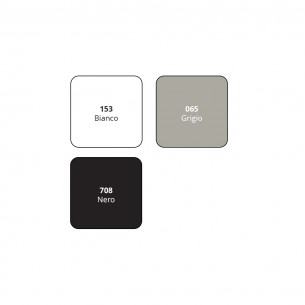Your cart
There are no more items in your cart
Antifouling boat

One of the best ways to protect your boat is through the application of what is known as antifouling. Antifouling is a special paint designed especially for boats, which is able to counteract and prevent the presence of marine organisms that could colonize and damage the hull. Antifouling is composed of biocides, active microorganisms that eliminate harmful ones; the most popular biocide because of its properties is copper oxide. In this section you can find different types of antifouling paint for your boat.
Read more
One of the best ways to protect your boat is through the application of what is known as antifouling. Antifouling is a special paint designed especially for boats, which is able to counteract and prevent the presence of marine organisms that could colonize and damage the hull. Antifouling is composed of biocides, active microorganisms that eliminate harmful ones; the most popular biocide because of its properties is copper oxide. In this section you can find different types of antifouling paint for your boat.
Antifouling boat
Lightspeed Underwater Light Coating one-component antifouling - Osculati
€74.83
€83.14
Antifouling boat
Teccel 76880 Professional one-component Hard Racing Antifouling - Hempel
€246.39
€398.70






























